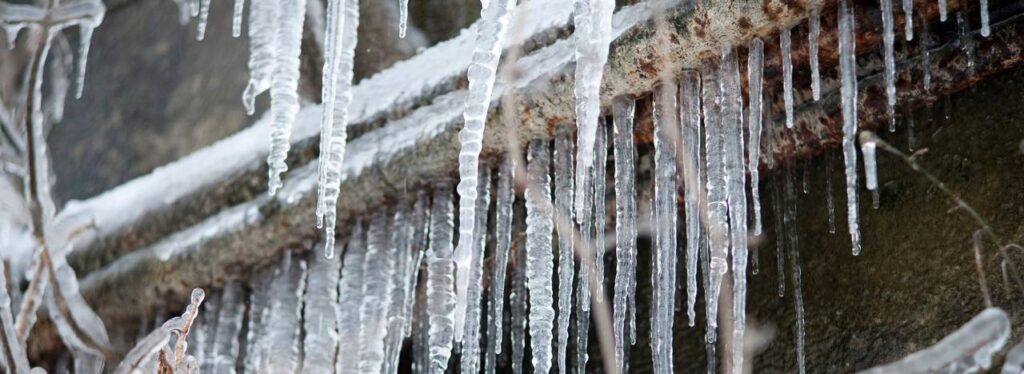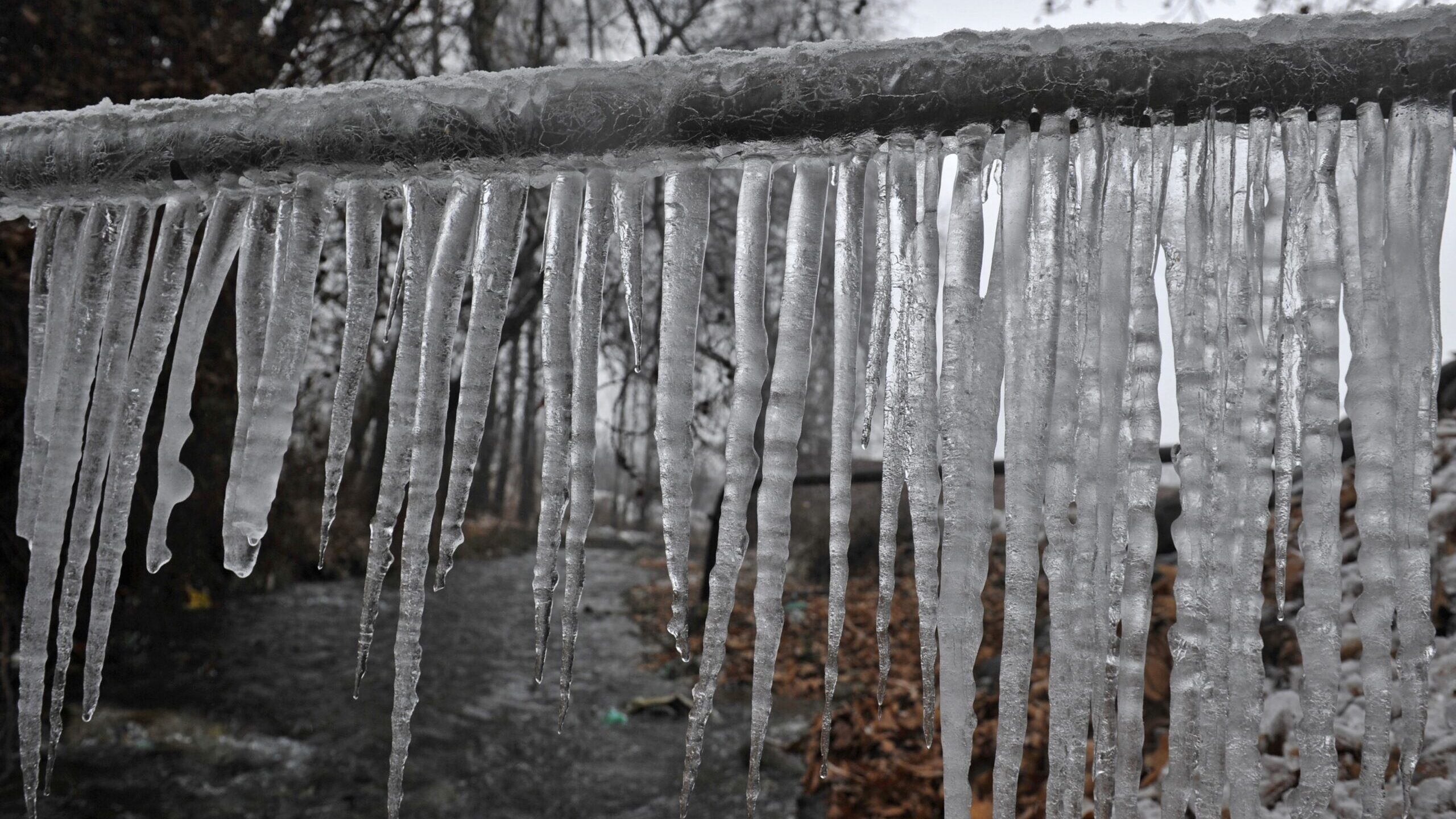Ways to Prevent Frozen Plumbing in Winter: Pro Advice
Ways to Prevent Frozen Plumbing in Winter: Pro Advice
Blog Article
They are making a number of good annotation about Winter Plumbing Precautions: Preventing Frozen Pipes overall in this post down the page.

Cold weather can ruin your plumbing, particularly by freezing pipelines. Below's how to stop it from happening and what to do if it does.
Intro
As temperature levels decrease, the danger of frozen pipelines increases, possibly causing pricey repair services and water damages. Recognizing how to avoid icy pipelines is critical for home owners in cool environments.
Avoidance Tips
Protecting prone pipes
Wrap pipelines in insulation sleeves or utilize heat tape to protect them from freezing temperature levels. Focus on pipes in unheated or external areas of the home.
Home heating techniques
Maintain interior areas properly warmed, particularly locations with plumbing. Open closet doors to allow warm air to flow around pipes under sinks.
Exactly how to recognize icy pipes
Search for reduced water flow from taps, uncommon smells or sounds from pipelines, and noticeable frost on revealed pipelines.
Long-Term Solutions
Architectural changes
Take into consideration rerouting pipelines far from outside walls or unheated areas. Add added insulation to attic rooms, cellars, and crawl spaces.
Upgrading insulation
Invest in top quality insulation for pipes, attic rooms, and walls. Correct insulation aids maintain constant temperature levels and decreases the risk of icy pipes.
Protecting Outdoor Plumbing
Yard tubes and outdoor faucets
Disconnect and drain pipes garden pipes before winter months. Set up frost-proof spigots or cover outside taps with insulated caps.
Comprehending Frozen Pipelines
What causes pipes to ice up?
Pipelines freeze when subjected to temperatures listed below 32 ° F (0 ° C) for expanded durations. As water inside the pipes freezes, it broadens, putting pressure on the pipe walls and possibly creating them to break.
Risks and damages
Frozen pipes can result in water disturbances, building damage, and costly repair services. Burst pipes can flooding homes and trigger substantial structural damages.
Indicators of Frozen Pipeline
Recognizing frozen pipes early can stop them from breaking.
What to Do If Your Pipelines Freeze
Immediate activities to take
If you think frozen pipelines, keep taps available to eliminate pressure as the ice thaws. Utilize a hairdryer or towels soaked in warm water to thaw pipelines gradually.
Verdict
Avoiding frozen pipes calls for proactive actions and fast feedbacks. By recognizing the reasons, indications, and preventive measures, property owners can safeguard their plumbing during cold weather.
5 Ways to Prevent Frozen Pipes
Drain Outdoor Faucets and Disconnect Hoses
First, close the shut-off valve that controls the flow of water in the pipe to your outdoor faucet. Then, head outside to disconnect and drain your hose and open the outdoor faucet to allow the water to completely drain out of the line. Turn off the faucet when done. Finally, head back to the shut-off valve and drain the remaining water inside the pipe into a bucket or container. Additionally, if you have a home irrigation system, you should consider hiring an expert to clear the system of water each year.
Insulate Pipes
One of the best and most cost-effective methods for preventing frozen water pipes is to wrap your pipes with insulation. This is especially important for areas in your home that aren’t exposed to heat, such as an attic. We suggest using foam sleeves, which can typically be found at your local hardware store.
Keep Heat Running at 65
Your pipes are located inside your walls, and the temperature there is much colder than the rest of the house. To prevent your pipes from freezing, The Insurance Information Institute suggests that you keep your home heated to at least 65 degrees, even when traveling. You may want to invest in smart devices that can keep an eye on the temperature in your home while you’re away.
Leave Water Dripping
Moving water — even a small trickle — can prevent ice from forming inside your pipes. When freezing temps are imminent, start a drip of water from all faucets that serve exposed pipes. Leaving a few faucets running will also help relieve pressure inside the pipes and help prevent a rupture if the water inside freezes.
Open Cupboard Doors
Warm your kitchen and bathroom pipes by opening cupboards and vanities. You should also leave your interior doors ajar to help warm air circulate evenly throughout your home.

I stumbled upon that content about Winter Plumbing Precautions: Preventing Frozen Pipes when scouting around the search engines. So long as you enjoyed our post if you please make sure you remember to pass it around. Thanks a lot for going through it.
Call Today Report this page